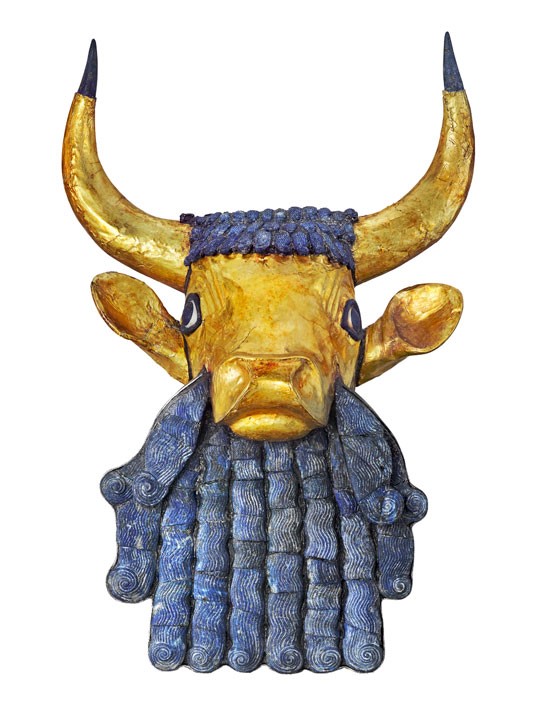
This course introduces the art and archaeology of the ancient Near East and Egypt. You may be familiar with the Great Pyramids, the fabled Tower of Babel, and the Laws of Hammurabi. But the river valleys of ancient Mesopotamia and Egypt and neighboring lands also gave birth to innovations that continue to shape our world, from agriculture, cities, and writing, to money, math, and even beer. In this lecture- and discussion-based course, we will explore some of the most significant archaeological sites, artifacts, and monuments of these lands and study the historical figures and cultural and social developments that spurred these inventions and transformations over the period from ca. 10,000 to 330 BCE. We will also read ancient texts in translation, such as the Epic of Gilgamesh and the Book of the Dead, that give insight into the worldview and concerns of these cultures. You will learn how we can know about this distant past by piecing together material evidence from archaeological excavations with ancient texts, monuments, and images—but also how this study is influenced by contemporary politics and values.
- Instructor of record: Tracey Cian
- Instructor of record: Virginia Herrmann
- Instructor of record: Andrea Samz-Pustol
- Instructor of record: Zachary Silvia
Instruction Mode: In Person

This course explores the prehistoric cultures of the Aegean region, concentrating on Minoan Crete, Mycenaean Greece, the Aegean islands, and Troy during the Bronze Age (ca. 3000-1200 BCE). We examine Aegean art, architecture, and archaeology and consider cross-cultural contacts with Egypt and the Near East, including trade and diplomacy, the historicity of the Trojan War, and the enigmatic “Sea Peoples.”
- Instructor of record: Maggie Beeler
Class Meeting Dates and Times: Mon & Wed, 2:40-4:00 PM, Dalton Hall 10
- Instructor of record: Evrydiki Tasopoulou
- Instructor of record: Evrydiki Tasopoulou
- Instructor of record: Matthew Jameson
- Instructor of record: Matthew Jameson
- Instructor of record: Astrid Lindenlauf
- Instructor of record: Evrydiki Tasopoulou
- Instructor of record: Virginia Herrmann
- Instructor of record: Astrid Lindenlauf
- Instructor of record: Matthew Jameson
- Instructor of record: Mackenzie Heglar
- Instructor of record: Astrid Lindenlauf
- Instructor of record: Virginia Herrmann
The city of Rome served as both a symbolic center of the Roman world and a physical space in which this symbolic role was monumentalized and negotiated. This course explores the ways in which political and social competition were inscribed on the cityscape from its earliest years through the end of the Republic and beyond, both in its topography and in the specific monuments constructed as the result of individual and group initiatives. Case studies explored in this course include the triumph and the process of memory construction in the city, the association of political movements and conflicts with specific urban topographies, the function of Rome and specific spaces within it as "museums" for foreign plunder, elite tombs as sites of competing elite identities, the shifting relationship between public and private in the Forum, and the competitive monumentalization of the city at the end of the Republic, especially in the Campus Martius.
- Instructor of record: Catherine Baker
